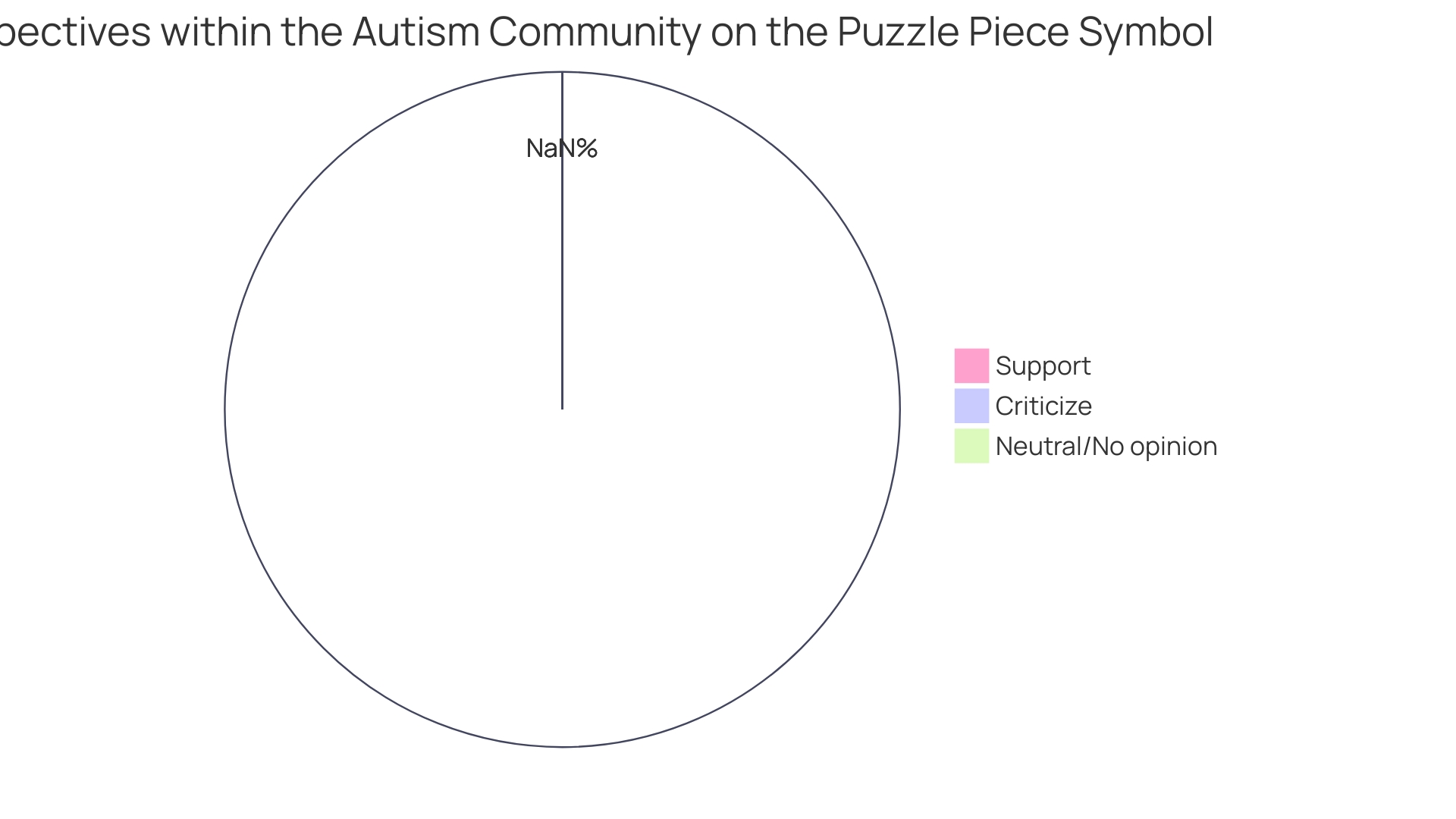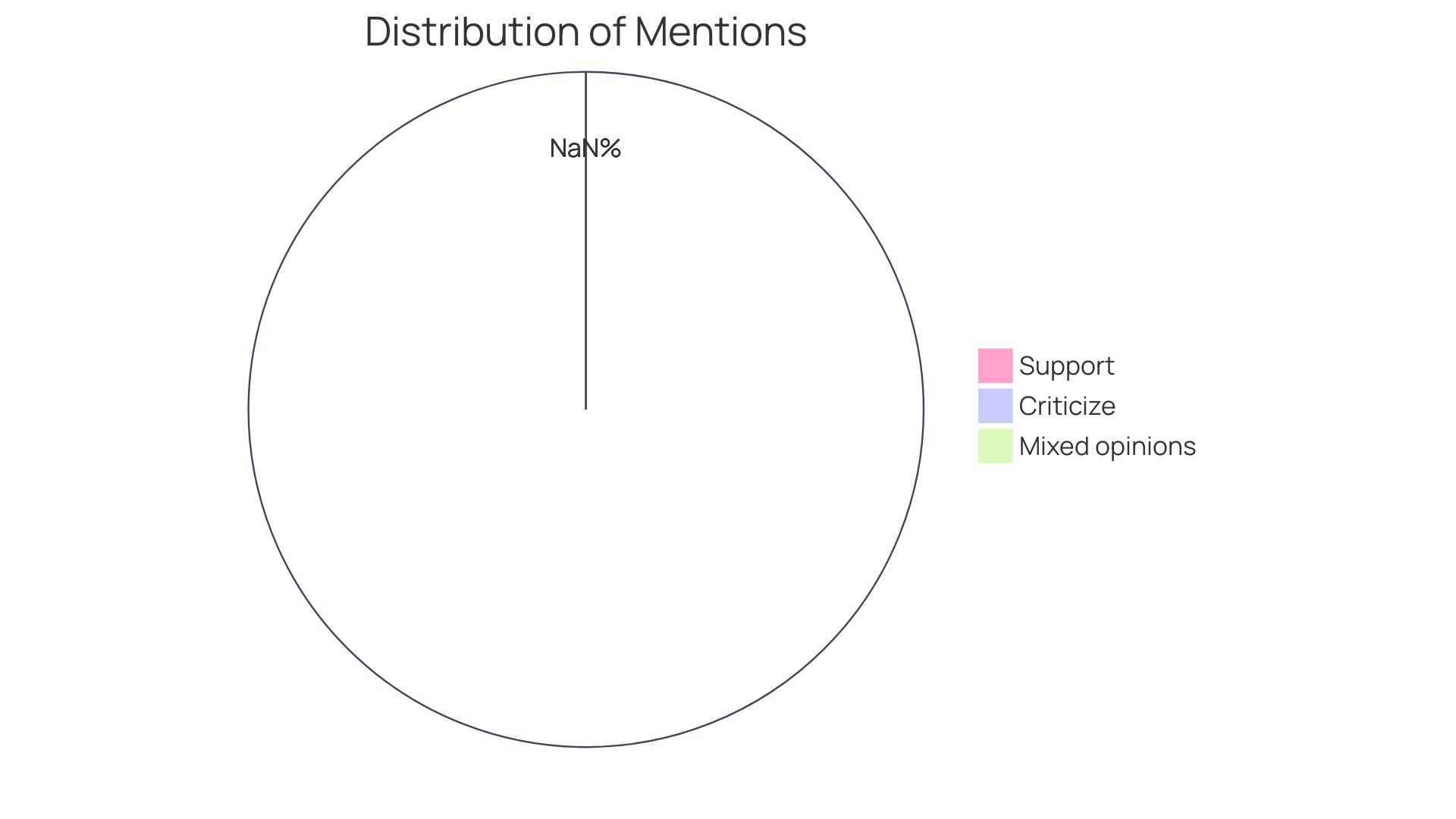Introduction
Autism is a complex and enigmatic condition that has often been represented by the puzzle piece symbol. This emblem, introduced by the National Autistic Society in the UK in 1963, reflects the enigmatic nature of autism and the need for research and compassion to unravel its complexities. However, while the puzzle piece has gained widespread acceptance as a symbol of acceptance and inclusion, it has also faced criticism for implying that individuals with autism need to be fixed.
In this article, we explore the origins of the puzzle piece symbol, positive and negative perspectives on its meaning, and alternative symbols that embrace neurodiversity. We also delve into the role of Autism Speaks in popularizing the puzzle piece and discuss the ongoing debate surrounding its significance. Ultimately, this article aims to shed light on the importance of symbols in representing autism and fostering a dialogue that honors the diverse experiences of the autism community.
Origins of the Puzzle Piece Symbol
Autism has often been represented by the puzzle piece, a symbol with a deep history. This emblem was first introduced by the National Autistic Society in the UK back in 1963, chosen for its representation of the complex and enigmatic nature of autism. Its originator, Gerald Gasson, a board member and a parent himself, envisioned the puzzle piece to reflect the enigmatic aspects of the condition, which was poorly understood and required rigorous research and compassion to unravel.
Today, understanding of autism is more profound, as public health initiatives and advocacy have propelled awareness. Figures now reveal that around 1 in 70 individuals in the UK are autistic. This indicates an estimated 680,000 people of working age who acknowledge autism as part of their identity.
However, many autistic adults may remain undiagnosed or misdiagnosed. Recognizing the signs—social communication challenges and repetitive behaviors—can shed light on undiagnosed cases, and is the starting point for those questioning where they fall on the spectrum. Nevertheless, autistic persons face significant employment disparities, with only about 30% of working-age autistic individuals in employment, and they encounter the biggest pay gap across all disability groups, earning a third less on average.
Positive Perspectives on the Puzzle Piece
For many individuals and organizations, the puzzle piece symbolizes unity, diversity, and the unique strengths and abilities of individuals with autism. It represents the idea that every person with autism is a unique piece of the puzzle, contributing their own strengths and talents to the world. The puzzle piece is seen as a powerful symbol of acceptance, inclusion, and the importance of embracing neurodiversity.
Negative Associations and Criticisms
While the puzzle piece has gained widespread acceptance as a symbol for autism, it has also faced criticism from some members of the autism community. Critics argue that the puzzle piece implies that individuals with autism are incomplete or need to be fixed. They argue that the symbol can perpetuate negative stereotypes and promote a medical model of autism that focuses on finding a cure rather than accepting and embracing neurodiversity.

The Role of Autism Speaks in Popularizing the Puzzle Piece
Autism Speaks, one of the largest autism advocacy organizations, played a significant role in popularizing the puzzle piece as a symbol for autism. Autism Speaks adopted the puzzle piece as its logo in 2005, using it in their awareness campaigns and fundraising efforts. While Autism Speaks has received both support and criticism for their use of the puzzle piece symbol, it has undoubtedly increased its visibility and recognition.

Alternative Symbols and Perspectives
Recent initiatives have steered away from traditional imagery to adopt symbols that convey the boundless promise and diversity inherent in individuals with autism. A notable example is the adoption of the infinity symbol, which is celebrated for its representation of unending potential and multitude of opportunities awaiting those with autism.
Moreover, the vibrant rainbow-hued infinity symbol adds an additional layer, celebrating the spectrum of diversity and championing a message of inclusion and acceptance. Highlighting such transformation in visual representation is vital, as depicted by the collaboration with Cascina Blu, a notable association for autistic children based in Milan.
With the size and importance of the organization in mind, a visual identity reflecting their commitment to integrating autistic children into society was developed. Workshops at Cascina Blu, designed to equip these children with various skills, are a testament to inclusivity in action. In crafting this identity, insights from medical and psychological experts were integrated, leading to the choice of blue — a hue with soothing properties for individuals with autism. The design also consciously steered clear of abstract imagery, aligning with preferences observed in those with autism.
The Debate Over the Puzzle Piece’s Meaning
Autism, a diverse and multifaceted spectrum, is represented by various symbols that aim to express the complexity of the condition. Among them, the puzzle piece has become a focal point of discussion within the autism community. It's a symbol with intentions of unity and acceptance, but also a point of contention, seen by some as exclusionary rather than inclusive.
This ongoing debate echoes the challenges faced by researchers in the field of autism treatment studies, who, through an analysis of 367 studies from 1990 to 2013, encountered a vast array of measures when assessing IQ and communication. In stark contrast, adaptive functioning used consistent criteria, primarily utilizing the Vineland scale in approximately 90% of the studies. The Vineland scale, renowned for its practical questions about daily functioning skills, from dressing oneself to comprehending abstract concepts like money or time, underscores the importance of having a shared language to measure progress and abilities.
The symbolism controversy also parallels discussions in archaeology, which relies on symbols to piece together human history. The field demands clear definitions for terms like symbol, symbolism, and symbolic thinking, reminiscent of Peirce's classifications among icons, indexes, and symbols. Within this framework, an icon directly resembles its subject, while an index is evidence for the associated concept.
Symbols, however, embody an overarching meaning. These nuanced interpretations of symbols are vital as they reflect deeply held meanings and ideas within a culture, a notion not lost when considering the puzzle piece as the emblem for autism. Just as in archaeology, it is crucial to acknowledge the significance and implications of symbols, nurturing an ongoing dialogue that honors the diverse experiences of the autism community.
Conclusion
In conclusion, the puzzle piece symbol has a deep history and has become widely recognized as a representation of autism. It was originally chosen for its reflection of the enigmatic and complex nature of autism, but it has faced criticism for implying that individuals with autism need to be fixed.
Despite this, many individuals and organizations see the puzzle piece as a symbol of unity, diversity, acceptance, and the importance of embracing neurodiversity. Autism Speaks played a significant role in popularizing the puzzle piece symbol, using it as their logo and in their awareness campaigns.
While Autism Speaks has both supporters and critics, their use of the puzzle piece has increased its visibility and recognition. Alternative symbols, such as the infinity symbol, have emerged to convey the boundless potential and diversity within the autism community.
These symbols celebrate inclusion and the spectrum of diversity. The debate over the meaning of the puzzle piece symbol mirrors the challenges researchers face in understanding and treating autism.
Consistent measures are crucial for accurately assessing progress and abilities. Just as in archaeology, the symbols we choose to represent autism have deep meanings and implications. It is important to engage in an ongoing dialogue that honors the diverse experiences of the autism community. Overall, the puzzle piece symbol and alternative symbols continue to shape the perception of autism. The key message is to promote acceptance, embrace neurodiversity, and foster a dialogue that represents the rich tapestry of experiences within the autism community.




